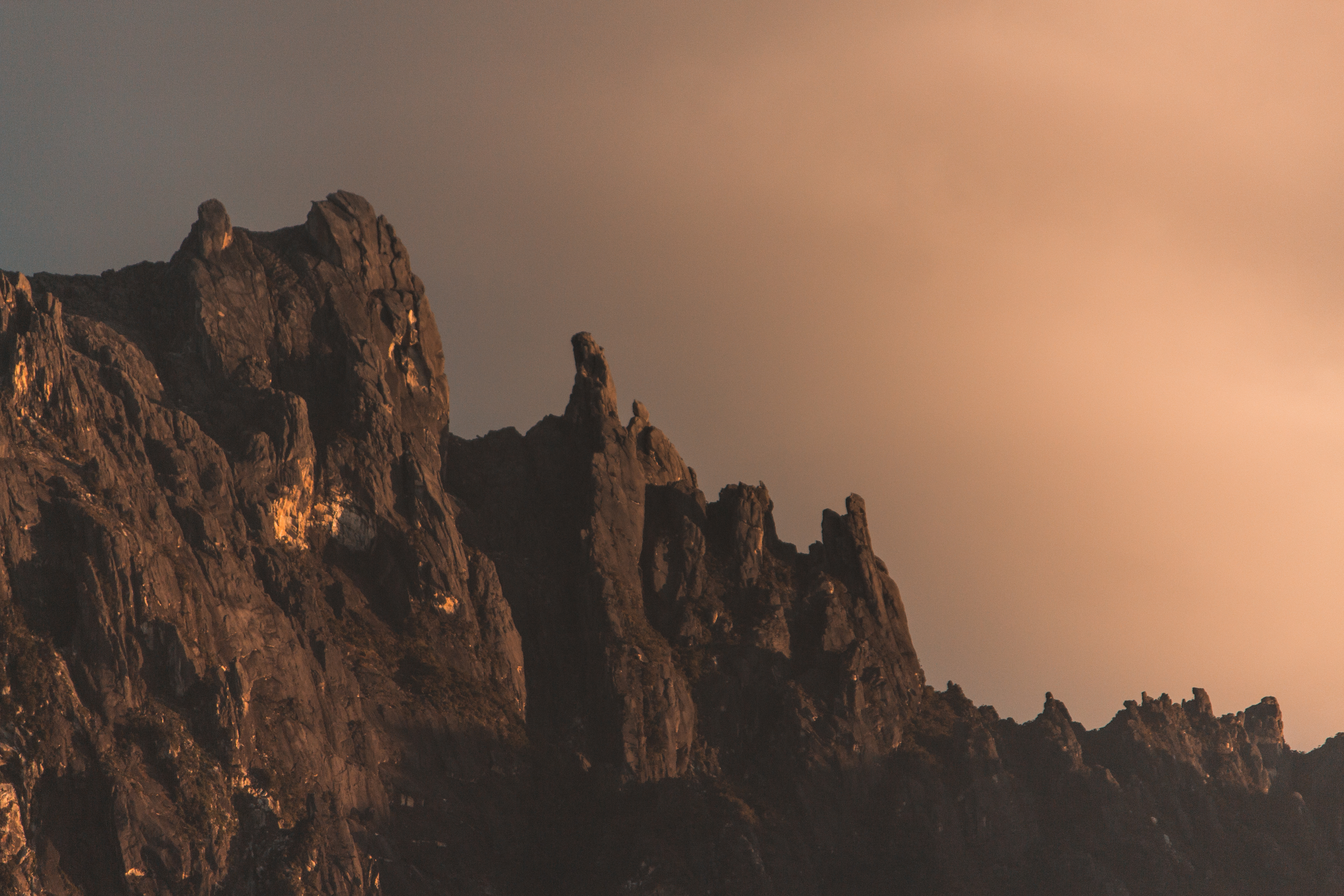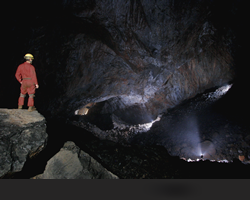|
Black-capped White-eye
The black-capped white-eye (''Zosterops atricapilla'') is a small passerine from the family Zosteropidae. Description It can reach a length between nine and eleven centimetres and looks slightly similar to the Sangkar white-eye. The back is olive green and the iris is brown. The bill and the feet are coloured black. The voice is characterized by soft twitters. Distribution It inhabits mountain forests and alpine meadows in altitudes between 700 and 3000 m on mountains of Sumatra, and Borneo (especially Mount Kinabalu, Gunung Mulu Mount Mulu ( ms, Gunung Mulu) is a sandstone and shale mountain. At 2376 m, it is the second highest mountain in the state of Sarawak, after Mount Murud. It is located within the boundaries of Gunung Mulu National Park, which is named after ..., and Mount Batu Patap). References Zosterops Birds of Sumatra Birds of Borneo Birds described in 1879 {{Zosteropidae-stub ... [...More Info...] [...Related Items...] OR: [Wikipedia] [Google] [Baidu] |
Tommaso Salvadori
Count Adelardo Tommaso Salvadori Paleotti (30 September 1835 – 9 October 1923) was an Italian zoologist and ornithologist. Biography Salvadori was born in Porto San Giorgio, son of Count Luigi Salvadori and Ethelyn Welby, who was English. His brother Giorgio married their cousin Adele Emiliani (daughter of Giacomo Emiliani and Casson Adelaide Welby) and had five children (Charlie, Robbie, Minnie, Nellie and Guglielmo "Willie"). His nephew Guglielmo Salvadori Paleotti married Giacinta Galletti de Cadilhac (daughter of Arturo Galletti de Cadilhac and Margaret Collier) and had three children (Gladys, Massimo "Max" and Gioconda Beatrice "Joyce"). He studied medicine in Pisa and Rome and graduated in medicine at the University of Pisa. He participated in Garibaldi's military expedition in Sicily (the Expedition of the Thousand), serving as a medical officer. He was assistant in the Museum of Zoology in 1863, becoming Vice-Director of the Royal Museum of Natural History in Tur ... [...More Info...] [...Related Items...] OR: [Wikipedia] [Google] [Baidu] |
White-eye
The white-eyes are a family, Zosteropidae, of small passerine birds native to tropical, subtropical and temperate Sub-Saharan Africa, southern and eastern Asia, and Australasia. White-eyes inhabit most tropical islands in the Indian Ocean, the western Pacific Ocean, and the Gulf of Guinea. Discounting some widespread members of the genus ''Zosterops'', most species are endemic to single islands or archipelagos. The silvereye, ''Zosterops lateralis'', naturally colonised New Zealand, where it is known as the "wax-eye" or ''tauhou'' ("stranger"), from 1855. The silvereye has also been introduced to the Society Islands in French Polynesia, while the Japanese white-eye has been introduced to Hawaii. Characteristics White-eyes are mostly of undistinguished appearance, the plumage being generally greenish olive above, and pale grey below. Some species have a white or bright yellow throat, breast or lower parts, and several have buff flanks. As their common name implies, many species ... [...More Info...] [...Related Items...] OR: [Wikipedia] [Google] [Baidu] |
Sangkar White-eye
The sangkar white-eye (''Zosterops melanurus'') is a bird species in the family Zosteropidae. It is also known as the Sunda white-eye. It is found in forested habitats on the Indonesian islands of Java and Bali. In Java it is typically found at elevations between , but it sometimes occurs at lower elevations as well. This species was formerly treated as conspecific with the Indian white-eye (previously the Oriental white-eye, ''Zosterops palpebrosus''), but based on the results of a molecular phylogenetic study published in 2018, it was promoted to species rank. The sangkar white-eye has two subspecies, ''Zosterops melanurus melanurus'' in eastern Java and Bali and ''Z. m. buxtoni'' in western Java. (A population of white-eyes on Sumatra that was historically considered part of the latter subspecies may in fact belong to Hume's white-eye.) The two subspecies differ notably in appearance: ''Z. m. melanurus'' has entirely yellow underparts, while ''Z. m. buxtoni'' has a grey belly. ... [...More Info...] [...Related Items...] OR: [Wikipedia] [Google] [Baidu] |
Sumatra
Sumatra is one of the Sunda Islands of western Indonesia. It is the largest island that is fully within Indonesian territory, as well as the sixth-largest island in the world at 473,481 km2 (182,812 mi.2), not including adjacent islands such as the Simeulue, Nias, Mentawai, Enggano, Riau Islands, Bangka Belitung and Krakatoa archipelago. Sumatra is an elongated landmass spanning a diagonal northwest–southeast axis. The Indian Ocean borders the northwest, west, and southwest coasts of Sumatra, with the island chain of Simeulue, Nias, Mentawai, and Enggano off the western coast. In the northeast, the narrow Strait of Malacca separates the island from the Malay Peninsula, which is an extension of the Eurasian continent. In the southeast, the narrow Sunda Strait, containing the Krakatoa Archipelago, separates Sumatra from Java. The northern tip of Sumatra is near the Andaman Islands, while off the southeastern coast lie the islands of Bangka and Belitung, Karim ... [...More Info...] [...Related Items...] OR: [Wikipedia] [Google] [Baidu] |
Borneo
Borneo (; id, Kalimantan) is the third-largest island in the world and the largest in Asia. At the geographic centre of Maritime Southeast Asia, in relation to major Indonesian islands, it is located north of Java, west of Sulawesi, and east of Sumatra. The island is politically divided among three countries: Malaysia and Brunei in the north, and Indonesia to the south. Approximately 73% of the island is Indonesian territory. In the north, the East Malaysian states of Sabah and Sarawak make up about 26% of the island. The population in Borneo is 23,053,723 (2020 national censuses). Additionally, the Malaysian federal territory of Labuan is situated on a small island just off the coast of Borneo. The sovereign state of Brunei, located on the north coast, comprises about 1% of Borneo's land area. A little more than half of the island is in the Northern Hemisphere, including Brunei and the Malaysian portion, while the Indonesian portion spans the Northern and Southern hemisph ... [...More Info...] [...Related Items...] OR: [Wikipedia] [Google] [Baidu] |
Mount Kinabalu
Mount Kinabalu ( ms, Gunung Kinabalu, Dusun language, Dusun: ''Gayo Ngaran or Nulu Nabalu'') is the highest mountain in Borneo and Malaysia. With an elevation of , it is List of islands by highest point, third-highest peak of an island on Earth, and List of mountain peaks by prominence, 20th most prominent mountain in the world by topographic prominence. The mountain is located in Ranau District, Ranau district, West Coast Division of Sabah, Malaysia. It is protected as Kinabalu Park, a World Heritage Site. In 1997, a re-survey using satellite technology established its summit (known as Low's Peak) height at above sea level, which is some less than the previously thought and hitherto published figure of .Anthea Phillipps, Phillipps, A. & Francis Liew, F. Liew 2000. ''Globetrotter Visitor's Guide – Kinabalu Park''. New Holland Publishers (UK) Ltd. The mountain and its surroundings are among the most important biological sites in the world, with between 5,000 and 6,000 speci ... [...More Info...] [...Related Items...] OR: [Wikipedia] [Google] [Baidu] |
Gunung Mulu National Park
The Gunung Mulu National Park is a national park in Miri Division, Sarawak, Malaysia. It is a UNESCO World Heritage Site that encompasses caves and karst formations in a mountainous equatorial rainforest setting. The park is famous for its caves and the expeditions that have been mounted to explore them and their surrounding rainforest, most notably the Royal Geographical Society Expedition of 1977–1978, which saw over 100 scientists in the field for 15 months. This initiated a series of over 20 expeditions now named the Mulu Caves Project. The national park is named after Mount Mulu, the second highest mountain in Sarawak. History The earliest reference to the Mulu caves was in 1858 when Spenser St. John (British Consul in Brunei) mentioned the "detached masses of limestone, much water-worn, with caverns and natural tunnels” in his book "Life in the Forests of the Far East". Spenser tried to ascend Mount Mulu later but failed due to limestone cliffs, dense forests, and s ... [...More Info...] [...Related Items...] OR: [Wikipedia] [Google] [Baidu] |
Mount Batu Patap
Mount is often used as part of the name of specific mountains, e.g. Mount Everest. Mount or Mounts may also refer to: Places * Mount, Cornwall, a village in Warleggan parish, England * Mount, Perranzabuloe, a hamlet in Perranzabuloe parish, Cornwall, England * Mounts, Indiana, a community in Gibson County, Indiana, United States People * Mount (surname) * William L. Mounts (1862–1929), American lawyer and politician Computing and software * Mount (computing), the process of making a file system accessible * Mount (Unix), the utility in Unix-like operating systems which mounts file systems Displays and equipment * Mount, a fixed point for attaching equipment, such as a hardpoint on an airframe * Mounting board, in picture framing * Mount, a hanging scroll for mounting paintings * Mount, to display an item on a heavy backing such as foamcore, e.g.: ** To pin a biological specimen, on a heavy backing in a stretched stable position for ease of dissection or display ** To p ... [...More Info...] [...Related Items...] OR: [Wikipedia] [Google] [Baidu] |
Zosterops
''Zosterops'' (meaning "eye-girdle") is a genus of passerine birds containing the typical white-eyes in the white-eye family Zosteropidae. The genus has the largest number of species in the white-eye family. They occur in the Afrotropical, Indomalayan, and Australasian realms. Typical white-eyes have a length of between . Their most characteristic feature is a conspicuous white feather ring around the eye, though some species lack it. The species in this group vary in the structural adaptations of the tongue. The ''Zosterops'' 'griseotinctus''group is an example of a "great speciator" inhabiting a vast area and showing a remarkable morphological differentiation on islands, some of which maybe as close as apart. Systematics The genus ''Zosterops'' was introduced by the naturalists Nicholas Vigors and Thomas Horsfield in 1827. The name combines the Ancient Greek words ''zōstēros'' "belt" or "girdle" and ''ōpos'' "eye". The type species was designated as the Malagasy white-ey ... [...More Info...] [...Related Items...] OR: [Wikipedia] [Google] [Baidu] |
Birds Of Sumatra
Birds are a group of warm-blooded vertebrates constituting the class Aves (), characterised by feathers, toothless beaked jaws, the laying of hard-shelled eggs, a high metabolic rate, a four-chambered heart, and a strong yet lightweight skeleton. Birds live worldwide and range in size from the bee hummingbird to the ostrich. There are about ten thousand living species, more than half of which are passerine, or "perching" birds. Birds have whose development varies according to species; the only known groups without wings are the extinct moa and elephant birds. Wings, which are modified forelimbs, gave birds the ability to fly, although further evolution has led to the loss of flight in some birds, including ratites, penguins, and diverse endemic island species. The digestive and respiratory systems of birds are also uniquely adapted for flight. Some bird species of aquatic environments, particularly seabirds and some waterbirds, have further evolved for swimming. Bird ... [...More Info...] [...Related Items...] OR: [Wikipedia] [Google] [Baidu] |
Birds Of Borneo
Birds are a group of warm-blooded vertebrates constituting the class Aves (), characterised by feathers, toothless beaked jaws, the laying of hard-shelled eggs, a high metabolic rate, a four-chambered heart, and a strong yet lightweight skeleton. Birds live worldwide and range in size from the bee hummingbird to the ostrich. There are about ten thousand living species, more than half of which are passerine, or "perching" birds. Birds have whose development varies according to species; the only known groups without wings are the extinct moa and elephant birds. Wings, which are modified forelimbs, gave birds the ability to fly, although further evolution has led to the loss of flight in some birds, including ratites, penguins, and diverse endemic island species. The digestive and respiratory systems of birds are also uniquely adapted for flight. Some bird species of aquatic environments, particularly seabirds and some waterbirds, have further evolved for swimming. Birds ... [...More Info...] [...Related Items...] OR: [Wikipedia] [Google] [Baidu] |




.jpg)